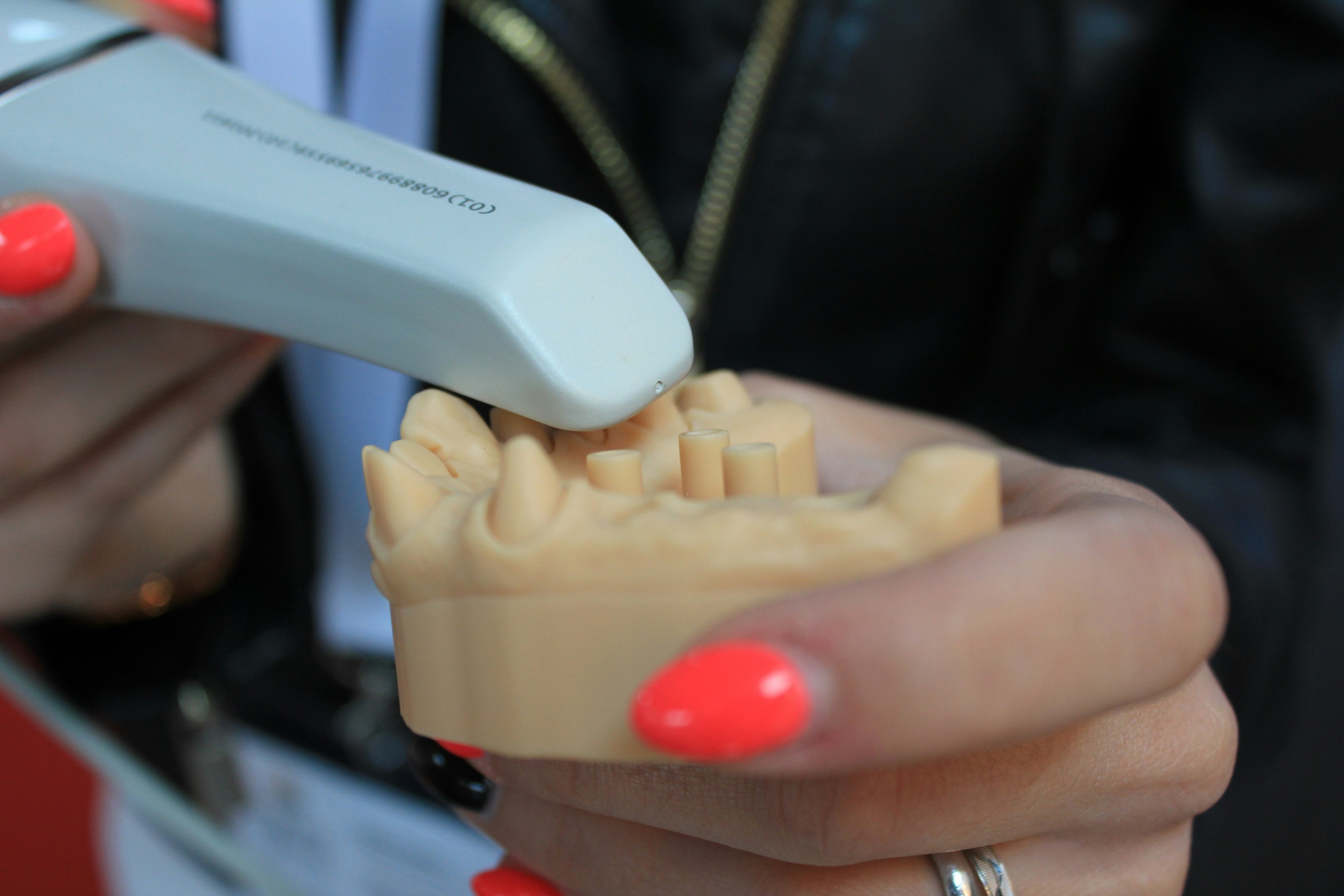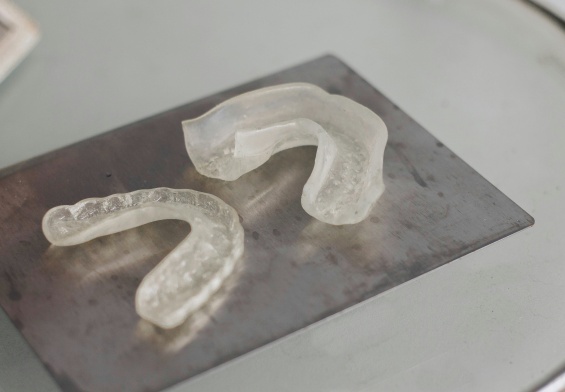Dental bonding, or composite bonding, has emerged as a cornerstone in the field of cosmetic dentistry, offering a versatile and effective solution for a wide array of dental issues. This innovative procedure utilizes a resin material meticulously crafted to mimic the appearance and texture of natural teeth, providing an ideal remedy for both cosmetic and structural imperfections. The allure of dental bonding lies in its ability to not only enhance the visual appeal of one’s smile but also to restore essential functionality, making daily activities such as eating and speaking more comfortable and efficient. As a procedure that has significantly benefited individuals across the globe, dental bonding represents a fusion of art and science, aiming to rehabilitate teeth to their original state of health and beauty. Whether addressing the challenge of a single missing tooth or rectifying multiple dental flaws, dental bonding stands as a testament to the advancements in dental care, offering patients a route to regain their confidence and quality of life.
The process of dental bonding is characterized by its simplicity and patient-centric approach, designed to yield results that are both aesthetically pleasing and long-lasting. From repairing chips and cracks to combating tooth decay and discoloration, the application of dental bonding spans a broad spectrum of dental concerns, making it a preferred choice for those seeking to improve their oral health without undergoing extensive procedures. This minimally invasive treatment not only caters to the immediate cosmetic needs of patients but also plays a crucial role in enhancing their overall well-being, underscoring the importance of a healthy, functional smile. As dental technologies continue to evolve, dental bonding remains a key player in the realm of restorative dentistry, embodying the principles of patient comfort, efficiency, and exceptional care.
The Process and Mechanics of Dental Bonding
Dental bonding is a meticulously crafted procedure designed to address both cosmetic and structural dental concerns. From repairing chipped or cracked teeth to addressing tooth decay, gum recession, and root exposure, dental bonding stands as a versatile and effective treatment method. The procedure is relatively straightforward and minimally invasive, typically requiring just 30 to 60 minutes per tooth. It begins with the selection of a resin color that matches the patient’s natural teeth, followed by the roughening of the tooth surface to enhance the resin’s adherence. The dentist then applies a conditioning liquid, molds and smooths the resin to achieve the desired shape, and finally uses a high-intensity light to harden the material. The tooth is then polished to blend seamlessly with the surrounding teeth, completing the transformation.
Advantages and Considerations of Dental Bonding
Dental bonding is celebrated for its safety, effectiveness, and affordability, often presenting a less costly alternative to other restorative and cosmetic dental procedures. Its convenience is further underscored by the fact that many bonding treatments can be completed in a single dental visit, making it an attractive option for those seeking immediate improvements. Additionally, the composite resin used in dental bonding is designed to contract and expand with natural teeth, reducing the risk of cracks and tooth loss. However, it’s important to recognize the limitations of dental bonding, such as the potential for the material to be less durable than crowns or veneers and its susceptibility to stains compared to other restorative materials. Despite these considerations, dental bonding remains a highly favored option for minor dental repairs and cosmetic enhancements.
Dental Bonding for the Elderly and In-Home Care Considerations
For elderly patients, dental bonding offers a viable solution to common dental issues associated with aging, such as tooth wear, discoloration, and minor misalignments. The non-invasive nature of the procedure and its ability to be completed quickly make it particularly suitable for older adults, who may have more sensitive teeth and gums. Post-procedure, the role of in-home care becomes crucial in ensuring the longevity of the dental bonding. Caregivers can assist with maintaining a rigorous oral hygiene routine, including brushing, flossing, and regular dental check-ups, to preserve the health and appearance of bonded teeth. Additionally, they can help monitor the consumption of foods that may compromise the integrity of the bonding material, such as hard, sticky, or highly pigmented foods and beverages.
Conclusion: Embracing the Benefits of Dental Bonding
Dental bonding emerges as a beacon of hope for individuals seeking to restore the beauty and functionality of their smiles. Its ability to address a wide range of dental issues, coupled with the natural-looking and durable results it offers, makes dental bonding an appealing choice for many. For the elderly, particularly those receiving in-home care, dental bonding provides a means to enhance oral health and aesthetics without the need for extensive dental work. As dental technologies continue to advance, the potential of dental bonding to transform smiles and improve lives remains ever-prominent. Whether seeking to repair a damaged tooth or simply enhance the overall appearance of your smile, dental bonding represents a safe, effective, and accessible option, capable of delivering lasting improvements to your dental health and self-confidence.




